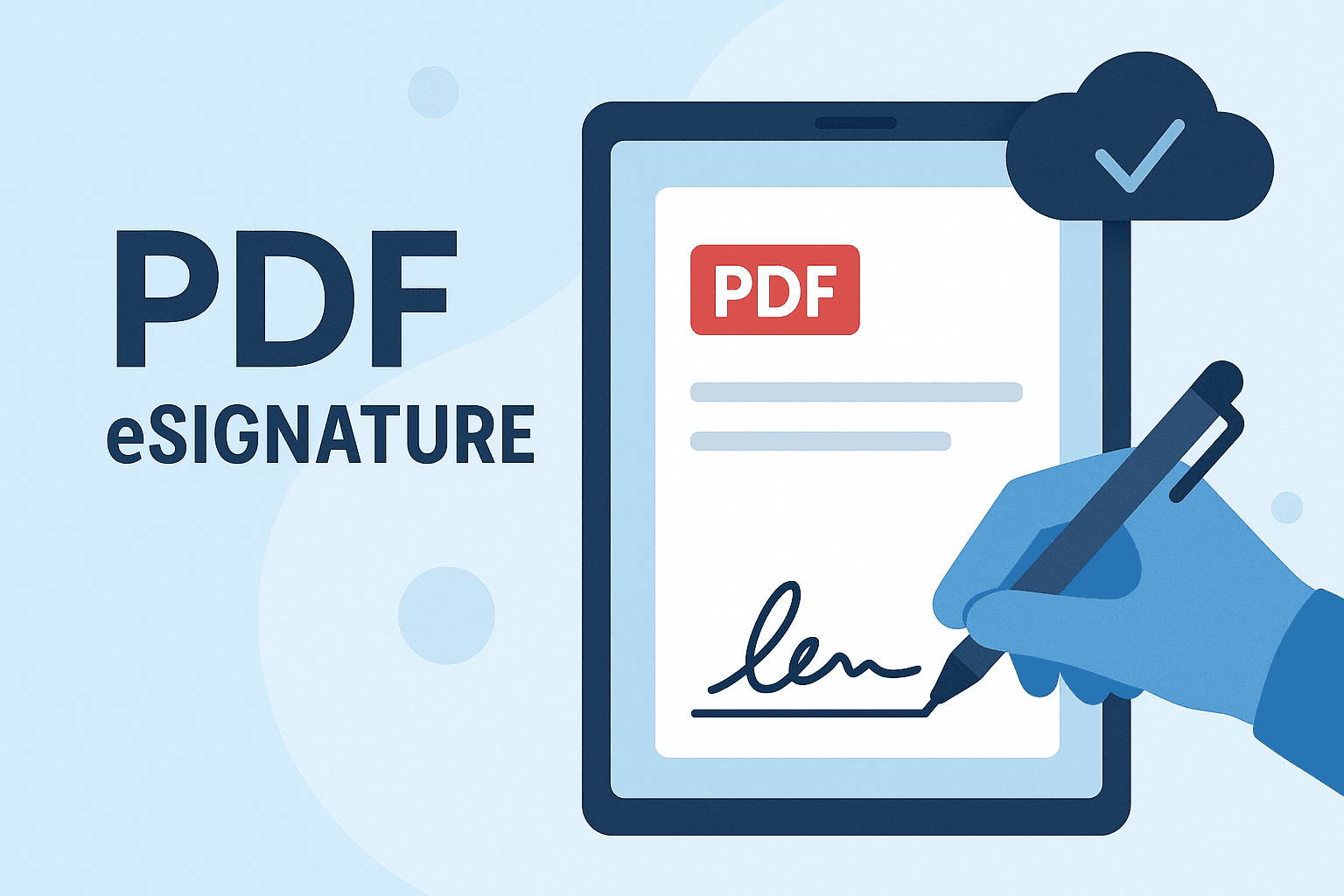WhatsApp or email with our sales team or get in touch with a business development professional in your region.
Electronic Signature Glossary: Electronic Signature Glossary: Public Key Infrastructure (PKI)





Public Key Infrastructure (PKI): plain-language definition, scope, and implementation notes for real-world e-signature workflows.
Electronic Signature Glossary: Public Key Infrastructure (PKI)
Definition
Public Key Infrastructure (PKI) is defined in plain language and then situated in real business workflows. It clarifies what the term is, what it is not, and how it relates to other concepts in the e-signature stack. In practice, teams frequently confuse legal concepts with cryptographic mechanisms; this section draws the line and introduces the minimum evidence required for relying parties to trust the outcome of a signing flow.

Why it matters
Adopting Public Key Infrastructure (PKI) consistently reduces cycle time, error rates, and operational friction. For legal and compliance teams, the term anchors common language across product, engineering, sales, and external counsel. When stakeholders agree on a standard meaning, organizations can codify repeatable patterns, automate review, and measure risk in a reproducible way. Clear definitions also help prevent over-engineering (gold-plating) where a lighter control would have been sufficient, or under-scoping when a higher assurance level was required.
How it works
A robust implementation of Public Key Infrastructure (PKI) includes identity proofing proportional to risk, evidence capture (timestamps, IP, device, versioned artifacts), and resilient storage. Design for failure by planning re-authentication, recovery paths, and audit export. Map every step to a control objective and document it in your runbook so that new team members can maintain the same level of rigor. Engineering should align interfaces, event names, and webhook payloads to the vocabulary used here.
Compliance and standards
Depending on jurisdiction, Public Key Infrastructure (PKI) interacts with frameworks such as eIDAS in the EU, Hong Kong ETO, Malaysia DSA, Thailand ETDA, and industry standards (ETSI, WebTrust). The safest approach is evidence-based: write down your assumptions, map controls to requirements, log deviations, and assign owners. Maintain crypto agility and long-term validation plans so that signatures and records remain verifiable as algorithms evolve.
Examples and anti-patterns
Good: a guided flow with step-up authentication for high-risk contracts, clear consent language, and a single source of truth for audit artifacts.
Bad: relying only on an email footer, or failing to persist server-side event logs. Anti-patterns usually come from gaps between product UX and back-office processes; close the loop by rehearsing real disputes and verifying that evidence survives those scenarios.
Implementation checklist
- Scope assurance level and align on terminology for Public Key Infrastructure (PKI).
- Bind identity, intention, and content with measurable controls.
- Capture audit artifacts server-side; prefer append-only storage.
- Add time-stamps, retention policies, and exportability for regulators.
- Monitor exceptions; triage and remediate with documented playbooks.
FAQs
Q1: Is Public Key Infrastructure (PKI) the same as a handwritten signature? It depends on the jurisdiction and assurance level.
Q2: Can we automate renewals or mass signing? Yes, but include throttling, abuse prevention, and transparent logs.
Q3: How does this relate to PKI? PKI supplies identities, keys, and trust anchors that many implementations of Public Key Infrastructure (PKI) may rely on.
Related terms
See also: AES, QES, PKI, QC, QSCD.

Shunfang
Head of Product Management at eSignGlobal, a seasoned leader with extensive international experience in the e-signature industry.
Follow me on LinkedIn
Get legally-binding eSignatures now!
30 days free fully feature trial
Business Email
Get Started
 Only business email allowed
Only business email allowed
Latest Articles
Is DocuSign legal and valid under Hong Kong’s Electronic Transactions Ordinance (ETO)?
What are the risks of using DocuSign for deals involving Chinese entities?
Is DocuSign suitable for China cross-border e-signature workflows?
Can multinational companies use DocuSign for cross-border contracts involving China?
Does DocuSign have data centers or hosting in mainland China?
Why is DocuSign so slow or unstable when used from China?
Is DocuSign affected by the Great Firewall in China?
Do I need a VPN to use DocuSign in China?


